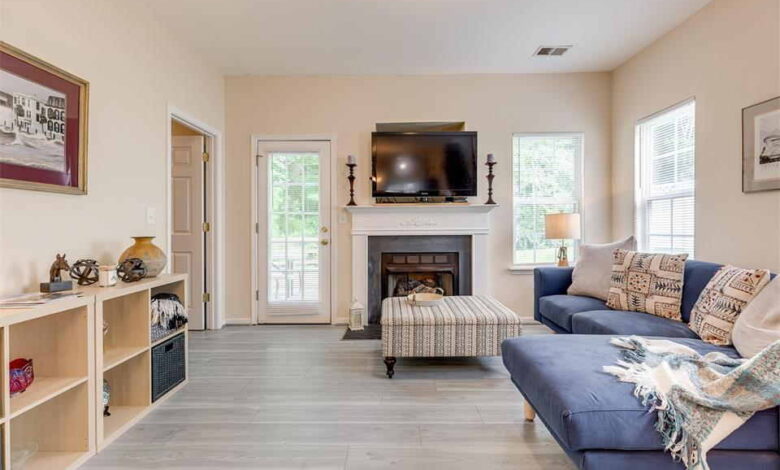How to Find the Ideal Home That’s More Than Just a Place to Live

Home is more than bricks and mortar. It’s where you feel safe, supported, and free to be yourself. For many people—especially in their later years—finding a place that feels right is about more than floorplans and finishes. It’s about comfort, community, and quality of life.
Whether you’re searching for your next home or helping a loved one find theirs, here’s a practical guide to choosing a home that’s more than just a roof over your head—it’s a foundation for living well.
1. Define What “Ideal” Means to You
Start with what truly matters to you—not just the practical checklists but the emotional ones, too.
Ask yourself:
- Do I want peace and quiet or a social atmosphere?
- How important is outdoor space?
- What does comfort look like for me on a daily basis?
- Do I want access to health support, or is independence more important?
Knowing what “ideal” means on your own terms will help guide every decision you make. Remember: the right home should support your lifestyle and reflect your values.
2. Look Beyond the Walls
While it’s easy to focus on decor and layout, don’t forget to consider the environment and people around the home.
Look for:
- A strong sense of community
- Staff or neighbors who are welcoming and attentive
- Shared spaces that encourage social connection
- Peaceful surroundings that offer calm and beauty
These factors can have a greater impact on your well-being than square footage or paint color. A true home offers warmth, familiarity, and connection from the moment you walk in.
3. Prioritize Comfort, Care, and Quality
As we age, comfort and accessibility become more important. The ideal home should work with you, not against you.
Make sure the space includes:
- Thoughtful design (step-free access, supportive furniture, good lighting)
- Flexible levels of assistance if needed
- A culture of respect, dignity, and kindness
For example, a luxury care home in Bury St Edmunds like St Peter’s House offers both elegant surroundings and personalized care. Residents enjoy the comfort of private rooms, tailored support, and a welcoming community—proving that a home can be both practical and uplifting.
4. Choose a Place That Supports Your Lifestyle
Whether you enjoy art, gardening, music, or simply relaxing with a cup of tea, the ideal home should make it easy to keep doing the things you love.
Find out:
- Are there activities, outings, or wellness programs?
- Is there flexibility in how you spend your time?
- Can you personalize your space to make it feel truly yours?
A home should never feel like a limitation. It should open doors, not close them.
5. Trust Your Gut
Finally, listen to how a place feels. When you visit, do you feel at ease? Are the people friendly? Is there a sense of life and warmth?
First impressions matter, and your instinct can often tell you more than a brochure ever will. The right home should feel like a natural fit—a place where you can breathe, smile, and settle in with peace of mind.
More Than a Home—A Better Way to Live
Finding the right place to live isn’t just about downsizing or planning for the future. It’s about choosing a lifestyle that brings joy, security, and meaning. When your home reflects who you are and supports your needs, every day becomes a little brighter, a little easier, and a lot more fulfilling.
So take your time, ask the right questions, and don’t settle for a space that’s merely “good enough” because your ideal home is out there—and it’s so much more than just a place to live.




